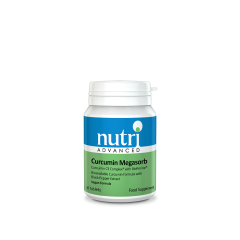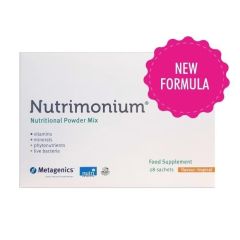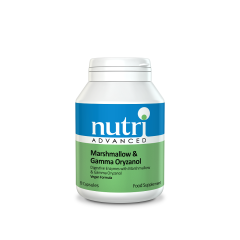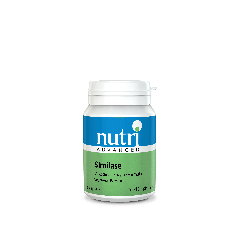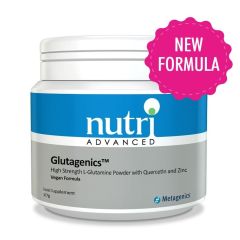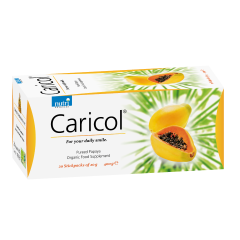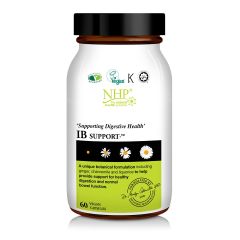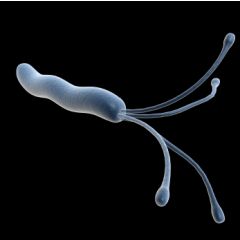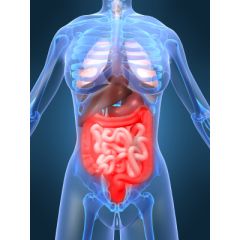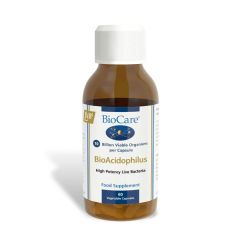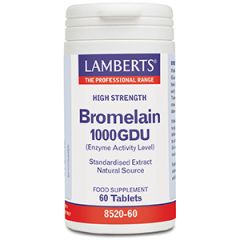Product added to cart
Digestion

[ICON=digestive.gif] Your digestive tract is similar to a hollow tube that starts in the mouth, follows down your oesophagus, through to the stomach, the small intestine, the large intestine or colon and then out via the rectum and the anus. The digestive process starts in the mouth with adequate chewing and mastication. The pulverised food then passes down the oesophagus and into the stomach, which is a small pouch like compartment within which a very abrasive stomach acid is produced. Secure valves are located at either end of the stomach to ensure that stomach acid is restricted to this secure digestive area. The job of the stomach acid is to kill off any potential bacterial or viral invasion within the food and to begin to unravel the more complex protein element found in the food.
By the time the food reaches the large colon most nutrients have been taken from it and only left over plant material, waste products from the body and water remain. The large colon acts to solidify these waste residues by re-absorbing any substances the body still needs, which will include some salts and water. If you are de-hydrated, water will be drawn from the stool and constipation may occur.
In unhealthy colons the bad bacteria can be more evident and this is sometimes referred to as gut dysbiosis. Another commonly occurring substance within the digestive tract is yeast, which everyone has. Yeast comes in through the food we eat and should (as in the healthy individuals) just migrate up and down this tube with no adverse affects. For healthy digestion and absorption, optimal levels of beneficial bacteria are needed together with digestive enzymes and anti-fungal preparations where needed.




